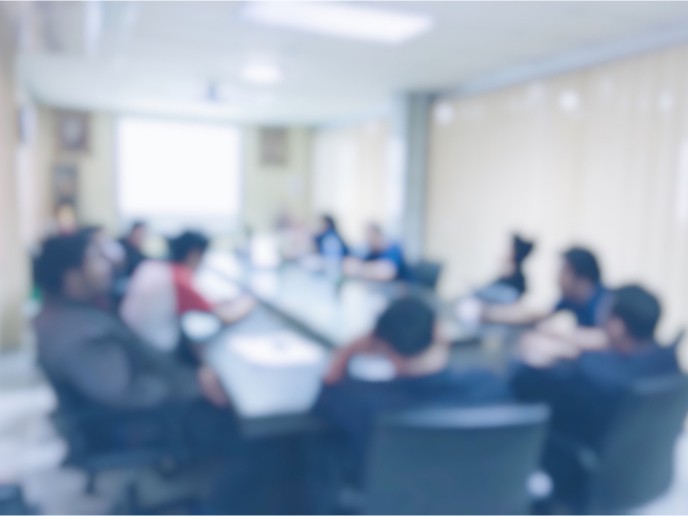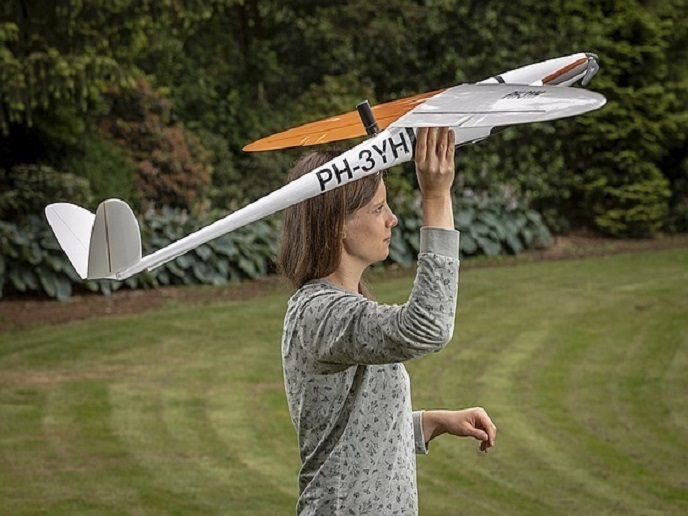Business models aim to bring manufacturing back into Europe
Process industries produce the materials used in manufacturing and society – everything from metals to paper to chemicals. But in recent decades, such industrial activities have been increasingly taking place outside of the European Union border. The EU-funded INSPIRE project sought to increase competitiveness in European process and manufacturing industries through business models and draw them back. "For many managers and decision-makers the concept of a business model and its innovation is still vaguely defined, and its application to their own business remains difficult," explains Ron Weerdmeester at PNO Innovation, project coordinator of INSPIRE. According to previous research, flexibility of production is a key factor in attracting back or retaining manufacturing in the EU. INSPIRE therefore focused on business models that allow for flexibility of product, location, capacity, and innovation. Spotting the patterns Over two years, the INSPIRE team parsed the trends in business model innovation in the process and manufacturing industry. The team identified five archetypal business model types that responded closely to societal and industry trends: ‘re-use, recycle and sustainability’ – a model which promotes a more circular approach to manufacturing; ‘Emerging Energy Carriers’ – which involves sharing energy sources; ‘Mass customisation’ – that enables the manufacturing industry to react flexibly to customer needs, ‘Servitisation’ – enriching or substituting materials or products with services - and ‘Modular and decentralised production’ – moving from centralised to distributed models. They also defined the models' feasibility. They identified factors that were paramount to each one (such as having enough recyclable waste for the ‘re-use’ model). They created dashboards of the available technology clusters and their TRL levels that could be used in each model and created a scoring system to let managers decide whether their company is ready for a specific model. Finally, they identified the main challenges industries would face in adopting these archetypal models and outlined ways to overcome them. Playing the business game Once they had identified and categorised the different business models, the INSPIRE team developed a series of tools to help companies identify the most suitable model for their business and to then implement them. One of these, a board game that helps companies to play around with different models, proved popular with project stakeholders. "It was considered a fun and dynamic way to think about business model innovation," Weerdmeester adds. The INSPIRE team hopes to professionalise the game in the near future. "Business model innovation is sometimes a somewhat fuzzy concept. I am quite satisfied that we actually managed to create a set of practical tools to support the business model innovation process, with specific attention, tips and suggestions tailored for the process industry," says Weerdmeester. Adding value As for trends in the industry, the team of course identified that industrial 'value chains' that connect feedstock suppliers to the process and manufacturing industries are becoming increasingly digitised, allowing them to be drastically reconfigured and made more efficient. The team hopes that the innovative business models and tools will be supportive and lead to more flexible networks of production throughout Europe and bring more local manufacturing within the next five years. A follow-up project, called NEXT NET, is currently taking into account INSPIRE results and will define the research roadmap for the supply chains. "Only by looking at the full value chain from feedstock to manufacturing, optimising resource streams between industries and by creating more flexible and customer-oriented manufacturing networks, can European industry prepare for the future," says Weerdmeester.







